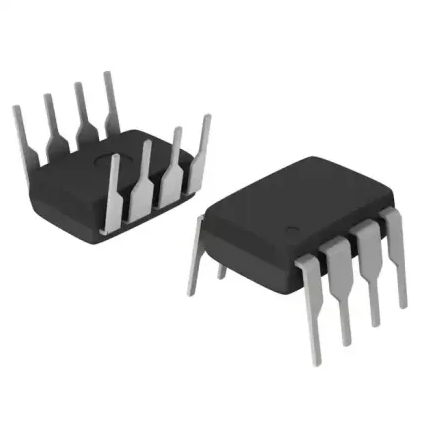What is Dual In-line Package (DIP)?
The Dual In-line Package, commonly known as DIP, is a classic and widely-used package type for electronic components. It plays a foundational role in the packaging of integrated circuits (ICs), providing a reliable and compact arrangement of pins for connecting to circuit boards. Let's delve into the key aspects of DIP to understand its design, variations, and applications.
1. Basic Design:
Physical Configuration:
DIP features two parallel rows of electrical connecting pins on opposite sides.
The pins are arranged in a standard grid pattern, facilitating easy integration onto circuit boards.
Package Types:
DIP-8, DIP-14, DIP-16: Denotes the total number of pins.
Through-Hole DIP (THDIP): Standard version with pins passing through the board.
Surface Mount Device (SMD) DIP (SMDIP): Designed for surface-mount assembly.
DIP comes in various configurations, including:
2. Pin Configuration:
Numbering Convention:
Pins are typically numbered sequentially.
The numbering starts from a designated corner or a notch, providing a reference point.
Standard Pin Count:
DIP packages come with varying pin counts, such as 8, 14, 16, 18, and more.
Commonly used for ICs, microcontrollers, and other digital or analog components.
3. Through-Hole vs. Surface Mount:
Through-Hole DIP:
Traditional version with pins passing through holes in the circuit board.
Manual or automated soldering secures the component to the board.
Surface Mount DIP:
Designed for modern, space-efficient assembly techniques.
Soldered directly onto the surface of the circuit board.
4. Applications:
Integrated Circuits (ICs):
DIP is a prevalent package type for ICs, housing a range of functions in various electronic devices.
Microcontrollers and Microprocessors:
Found in embedded systems, DIP packages accommodate microcontrollers and microprocessors.
Analog and Digital Components:
Used for a broad spectrum of analog and digital components like operational amplifiers, timers, and voltage regulators.
Educational Kits:
DIP packages are commonly used in educational electronics kits due to their ease of use and handling.
5. Advantages:
User-Friendly:
DIP packages are easy to handle, making them ideal for prototyping and educational purposes.
Versatility:
Available in various pin counts, accommodating a wide range of component types.
Cost-Effective:
Manufactured in high volumes, contributing to cost-effectiveness.
206
0
0


Comments
All Comments (0)